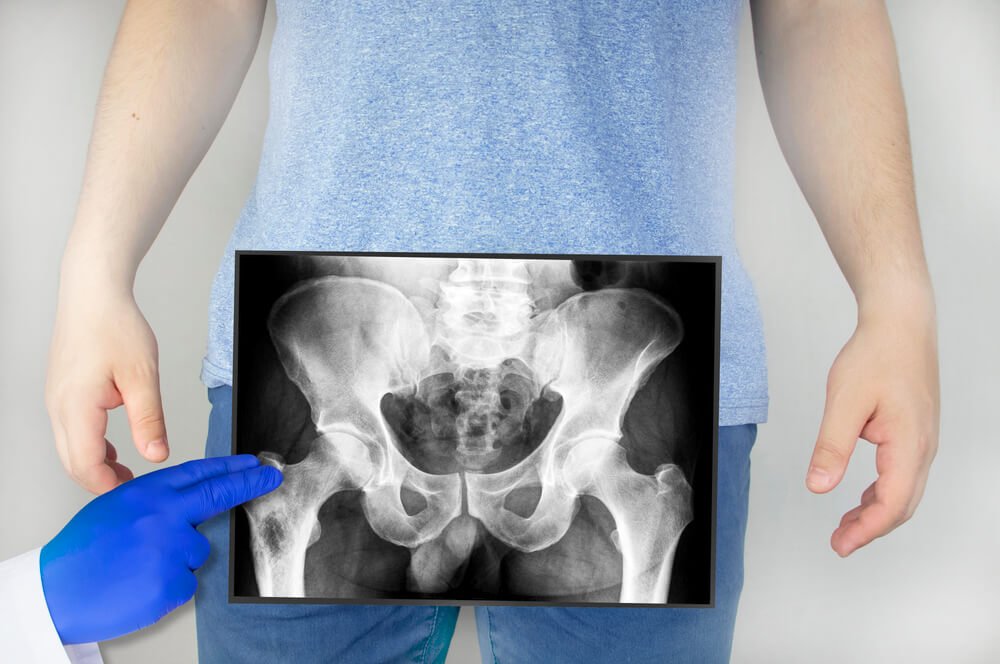Indications of hip replacement surgery

Orthopedic doctors select patients to have hip arthroplasty based on the severity of the condition in addition to radiographic evidence of joint destruction. Patients eligible to have hip replacement surgery usually suffer from joint pain, limitation of movement, stiffness, and deformities. Unfortunately, different diseases involve joint affection, and most of them are associated with joint destruction. We will summarize the most common disorders that may lead to hip arthroplasty.
- Rheumatoid arthritis (RA) is an auto-immune disorder in which patients’ immune cells attack joint synovium (the layer lining joint surfaces) causing inflammation. The inflammatory process subsides by early treatment with anti-inflammatories otherwise joint damage becomes irreversible. RA usually spare large joint first. However, an atypical course of rheumatoid arthritis occurs affecting the hip joint.
- Osteoarthritis is an inflammation of bone and joints. many orthopedic doctors believe that osteoarthritis is a degenerative disorder affecting weight-bearing joints such as knee and hip joints due to aging. Negligence or bad management of osteoarthritis leads to gradual deterioration of joint mobility and severe joint pain that may indicate joint arthroplasty. Osteoarthritis is considered the most common disorder that may eventually lead to hip arthroplasty as it contributes to more than 60% of the performed surgeries.
- Bone or cartilage tumors invading the head of the femur (thigh bone) or acetabulum are an indication for hip replacement surgery. although primary bone tumors aren’t common, secondary tumors developing from circulating metastasis are common.
- Severe trauma causing multiple fractures especially comminuted fracture to pelvic bone or femur may result in an inability for bone fixation, therefore hip arthroplasty is indicated.
- Osteonecrosis is a medical term that means the death of bone tissue. The definitive cause of osteonecrosis is still debatable, but it is most likely due to interrupted blood supply. Patients with osteonecrosis in their hip joint often presented with dull ache pain in the pelvic area. Unlike other bone diseases, osteonecrosis is better diagnosed with MRI.
Late and untreated cases of osteonecrosis result in reducing bone density and finally collapse. Unfortunately, symptomatic treatment is the only non-invasive treatment available for osteonecrosis. The most reliable pain-relieving procedure for patients with osteonecrosis is joint replacement surgery.
